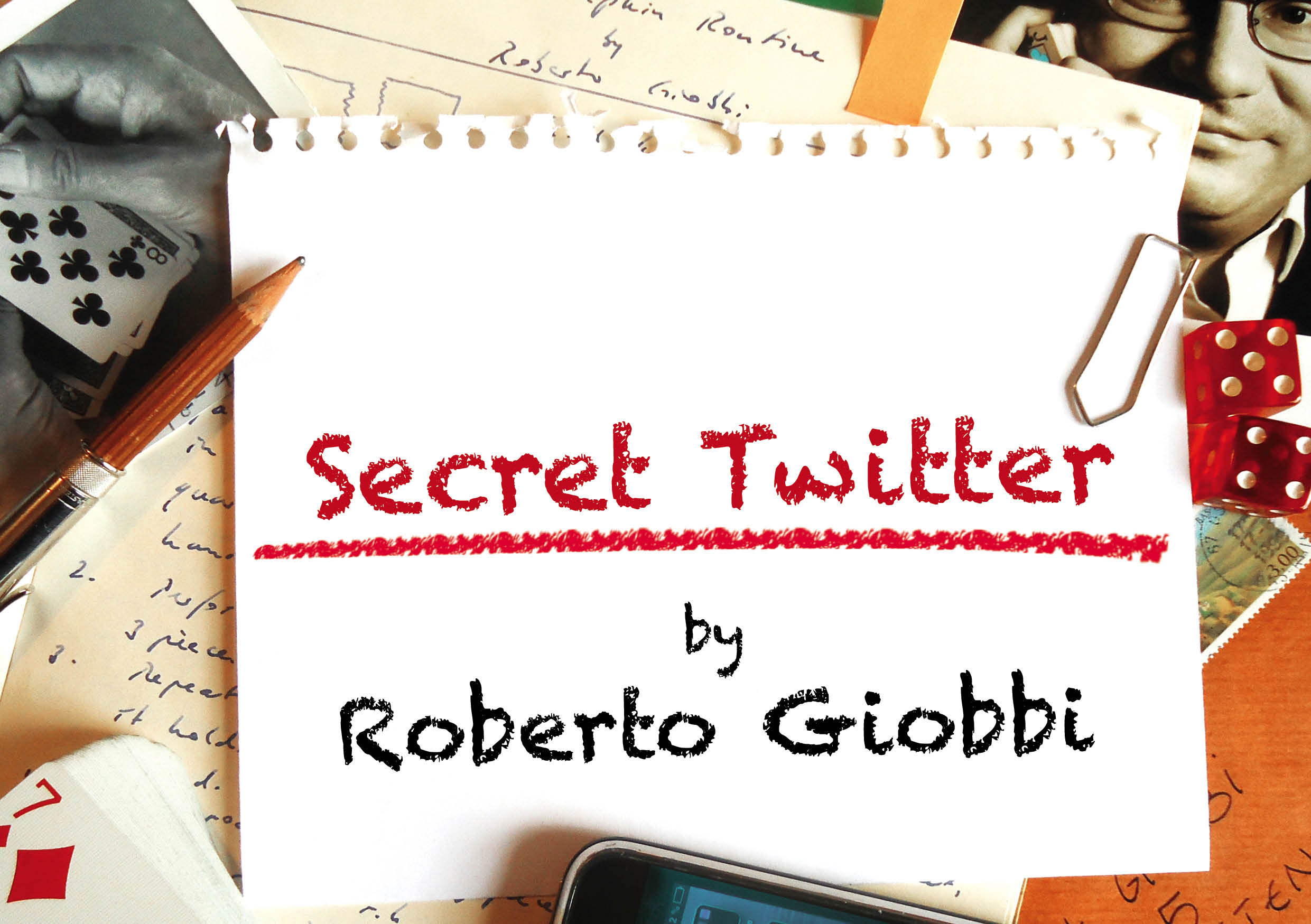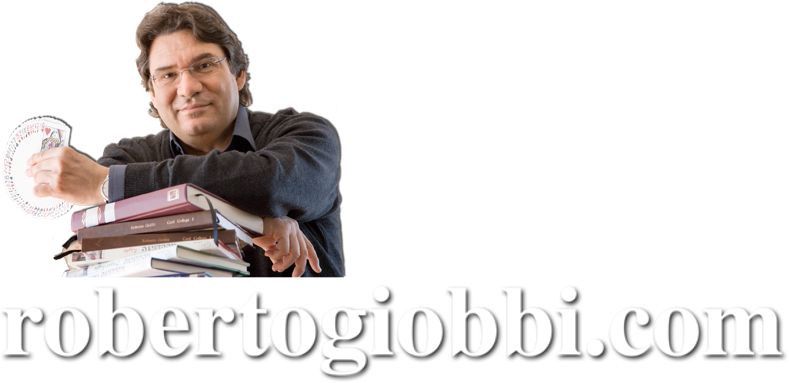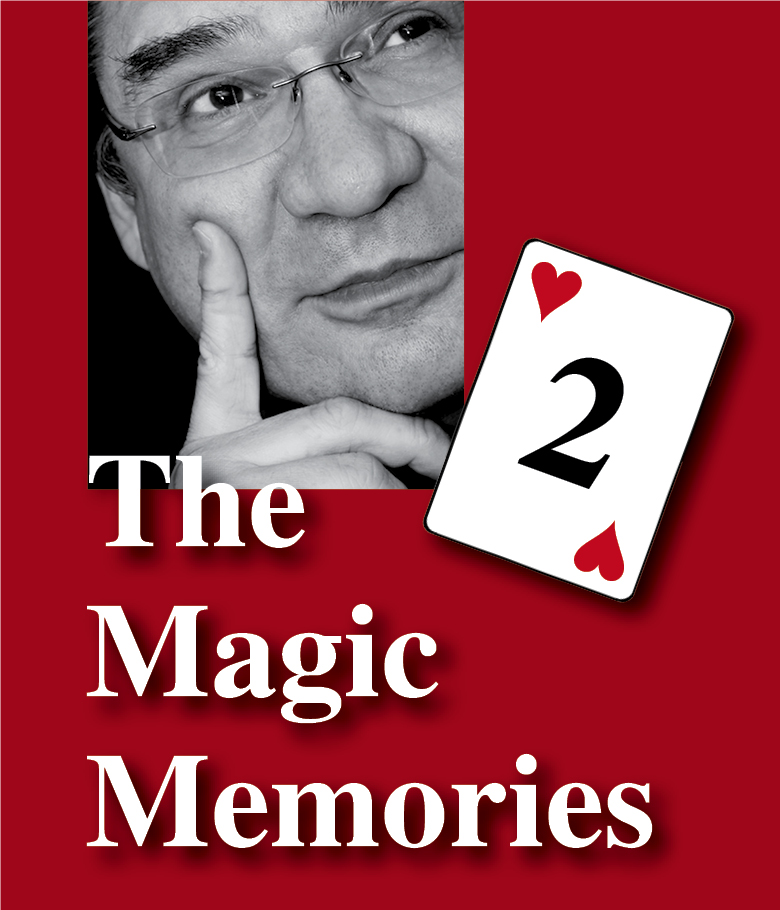
Secret Twitter is a project that started on 1st November 2014 and will end on 31st December 2015. This is the foreword to the project, which like all forewords is always written when the deed has been done, and I offer it here for your information and perhaps even edification. Full details on Secret Twitter can be found by clicking HERE.
Secret Twitter is essentially a modern sequel to my own Secret Agenda, where every day you will receive one idea related to magic.
After I had published Secret Agenda, I literally received a deluge of positive feedback. I am not exaggerating if I say that I got almost as many letters, mails, calls and direct replies than on the whole Card College series. Several readers had put up homepages on the Internet discussing each day’s entry; another created a classification of the entries and a table of statistics; someone else, yet, did a workshop on the subjects. And repeatedly people would come up to me at conventions and apologize for not following my advice of reading only one item per day, but had to read it within a week – this, I thought, was the most amusing reaction.
I found all of this and a lot more quite amazing. Honestly, I had not expected this book to have the impact on the magic world it seemed to have – at the moment of this writing Secret Agenda has appeared in English, French, Spanish and Italian (and surprisingly not in my second native language, German, but that’s another story).
Secret Twitter Genesis
And then, in spring 2014, Chris Wasshuber, CEO of lybrary.com, approached me with another of his innocent sounding ideas, “Roberto, could you write one thought a day, for a full year, which I would then put on Twitter?”
I admit that at that time I didn’t even know what Twitter was… But I know magic, so I said ‘yes’, as I (too) often do. Then he added, “But you only have 140 characters, including spaces.”
I spent a few days trying to write up a dozen ideas that would be interesting, using Word’s word count function to check. The result was dismal failure: what I thought was good, was too long, and what fit into the available space, was not good enough, or so concise that it sounded trivial. I told Chris so, who then pronounced the “magic” phrase, which would make everything possible, “Oh, and you can also use photos and short film clips…”. That in turn gave me the idea that I could take the photo of a note written on the page of one of my many paper notebooks. And so the idea was born that we could overcome Twitter’s limitation by tweeting the text as a photo. And here my wife Barbara came in, who had already illustrated all my books: she created the template you can now see. The rest is history, as they say.
Categories
Although there are no openly declared categories in Secret Twitter, I did of course establish criteria for myself, according to which I would then conceive the individual Tweets. I wanted the contents to be well balanced and result in a good mix of information and inspiration. And every entry had to have some kind of connection to magic, of course – that’s what I had in mind when I conceived and wrote Secret Agenda in the first place.
Some of the categories I came up with are obvious choices, such as techniques, details of handling, effects, presentations, inspirational quotes, anecdotes and theories, with some others you will have “to do a little think”, to quote Einstein.
For instance what has entry 220 of June 8 on “Spoonerism” got to do with magic? I’ll quote it here for your convenience:
Spoonerisms
Spoonerisms are to language what a transposition is to magic – the exchange of letters or syllables, similar to a tip of the slung, I mean a slip of the tongue.
Here are a few nice ones: butterfly – flutterby; plaster man – master plan; rental deceptionist – dental receptionist. And here is a blue one you’ll have to guess: She showed me her tool kits...
Well, it is a transposition of letters, isn’t it’? And transposition is one of the conjuror’s basic effects. In this case you could use a few spoonerisms to introduce the subject of transposition in a literate and intelligent way, and with this prologue move on to a transposition trick. This is similar to my use of palindromes to lead over to “The Palindrome Cards”, one of the most over-read items in my own Card College (see p. 585 of Volume 3). I remember when I showed the latter to David Williamson – we were both working for the same client in Barcelona – and he immediately said, “This goes into my repertoire!”
But this is only one application. In my opinion the real potential of such an entry is that its use to magic is not immediately apparent, therefore leaving it to your imagination to make that connection. That’s precisely the worth of a not-so-specific item and I should have put more of these in…
Dai Vernon didn’t get tired of saying, “Use your head”. The best ideas are not the ones you read, but those you come up with yourself. However, in order to do that, most of us need an inspiration, an initial spark. Although you will find plenty of what I should call “first degree” ideas, i.e. ideas which you can apply directly in your practical everyday work, many are intended to make you think and come up with your own ideas. Although this is a little more work, and at times even a bit painful, it is these moments of enlightenment you will be most proud of and which will feel best.
In some cases you will have to do a little research, since the limitation of space stipulated by a Tweet didn’t allow me to go into more detail. But since you will be online when you receive and read a Tweet anyway, that can easily be done. In some cases you will start to navigate from one link to the next and end up on a page that has little or nothing to do with your initial search. But you may look at this as a kind of “virtual lateral thinking”, or a magician’s “free association” – and if it leads you to a result, well, then nobody cares who, where and why it started…
Comment On A Few Examples
You will find one of the most useful pieces of advice in the entry of January 1st:
How to Install Knowledge
When you hear or read an idea or piece of advice, chunk down and find an example, and chunk up to formulate the overriding principle. Then find an application in another context. To be applied from now on to all Secret Twitter Tweets for maximum profit.
Please take a moment to think about this: it is not just a good tip that might be very helpful in magic, it is actually a paradigm, which can change the way you look at many things – not just in magic, but in everyday life as well. That’s not so bad for a little Tweet that costs les than 5 Cents a day…
Another category I would like to point out is what I have named “Presentational Problems”. Most will be familiar with what is usually called a “Trick Problem”, where an effect is given without a solution, and the reader’s task is to come up with a workable method. A “Presentational Problem” gives the idea for a presentation, and then your task will be to find a trick that goes with it. This might be a trick you are already doing, but which up to know didn’t have a proper presentation, or it might even inspire you to come up with a new trick or combination of tricks. I believe that this idea, at least in the field of magic, is original with me, and it should prove to be fun and useful.
Last, but not least, you will find some provocative statements, such as this one from entry 410 of December 15th:
Art is Purposeless
“Artistic magic doesn’t want to carry away the spectators into another world, but rather show the world from another point of view. A secondary effect might be that they are entertained, however, this is not the primary goal.”
The implication is, of course, that it is not the primary goal of artistic magic to entertain. This, however, is exactly the opposite of what we have been reading for centuries in many magic manuals, and what almost every professional magician has and still does preach. So, what is your opinion?
The purpose is not that you agree or even that you disagree, but rather that it forces you to think about the subject and take a position at all. Regardless of what the result is, you will have created a room in your own (mental) Magic Castle for this important question, and as you progress in life and magic, you will occasionally come back to this room and start to furnish it with thoughts, like you furnish a room with furniture, paintings, a carpet or what have you. As time goes by, it will become a room you like to spend time in and feel comfortable, or you might want to throw everything out and style it according to a different fashion that suits your present taste better. I will then take a little pride in saying that I used to be the interior architect of this room…
Secret Twitter Archive
Needless to mention that everyone will have his or her favorite Magic Tweets. But what to do with them, how to remember them, and how to store them? I’ll give you two ideas.
One: Use any program/app that allows notes to be stored and tagged. I have been using “Evernote” in the past two years to digitally store information of any kind and can highly recommend it. Since Evernote has an email-address of its own, you can send interesting Tweets directly to your notebook within Evernote that you could simply name “Secret Twitter”, or create a tag with that title. Whichever way you go, you will have “the very best” all in one place.
Two: As you know there is a PDF at your lybrary.com’s digital shelf, which is automatically updated every day with the latest Tweet. At the end of the year 2015 you will thus have a complete collection of all “Secret Tweets” in one e-book, this being a free service to all subscribers. By using a program/app that can extract individual pages from a PDF, you can simply do that: extract those Tweets that you like most and put them together in a new PDF. On my iPad I like to use “PDF Expert” for this purpose, which also allows you to highlight text, add comments and much more. If there a too many Tweets you like, which makes an overview difficult, you can create thematical PDFs, e.g. “Card Technique”, “Theory”, “Practical Advice” etc.
And now there is only one thing left to do: go ahead and enjoy!
All the best,
Roberto Giobbi, February 2015
Credits Disclaimer
I have been practicing magic since 1973 in a very intensive way. Doing so I’ve travelled extensively, met thousands of kindred spirits, read more books than I can count (my private magic library has meanwhile far over 3’500 books in 17 languages), attended hundreds of conventions and gatherings, watched innumerable lectures – I have thus been exposed to an infinite number of wonderful ideas that have enriched my life and inspired me in my own work. During that time I have kept tens of thousands of notes. A few of these notes were the basis for the material you find in Secret Twitter. Whenever I have used ideas by others, I have credited the originators and sources. Whoever knows me, appreciates that I try to do crediting with integrity and precision. Not often, but rather rarely, however, from time to time, I err – mistaken attributions, omissions, and incompleteness. For this I would like to apologize. It has never been my intention to steal, but rather to give back what I have been given. Maybe the result in some rare instances looks the same, but the motivation and attitude is completely different. If you have any relevant information in this respect, please let Chris Wasshuber or me know and we will make corrections in future editions. Thank you.
Full details on Secret Twitter can be found by clicking HERE.

